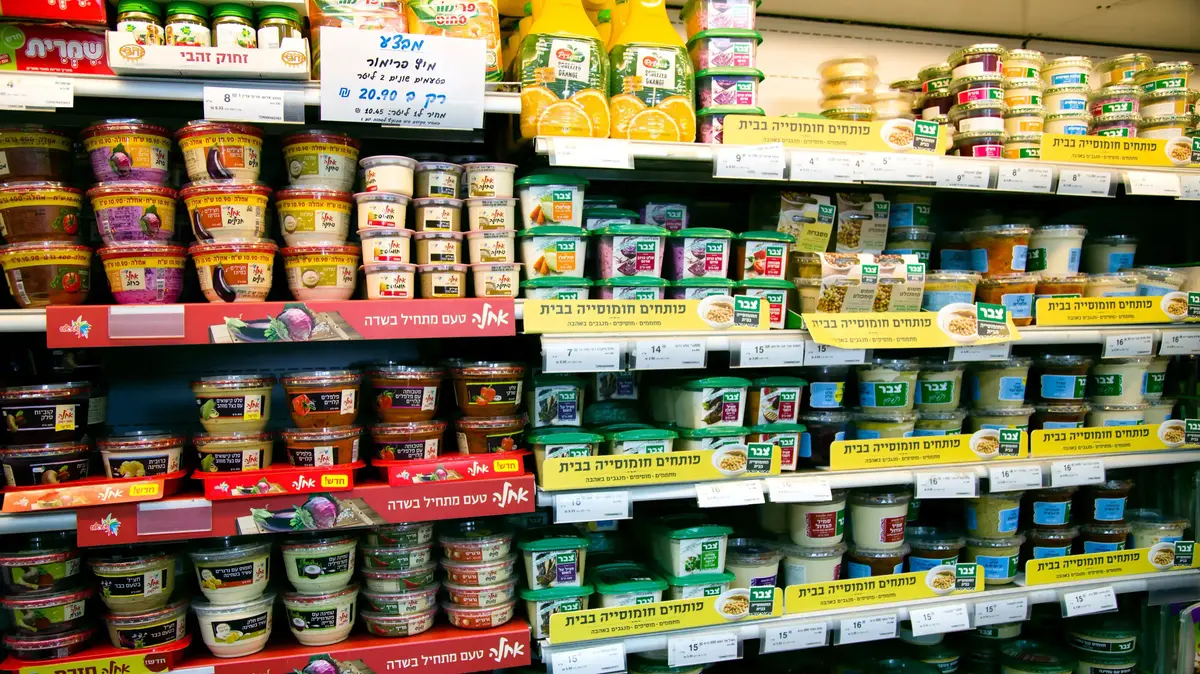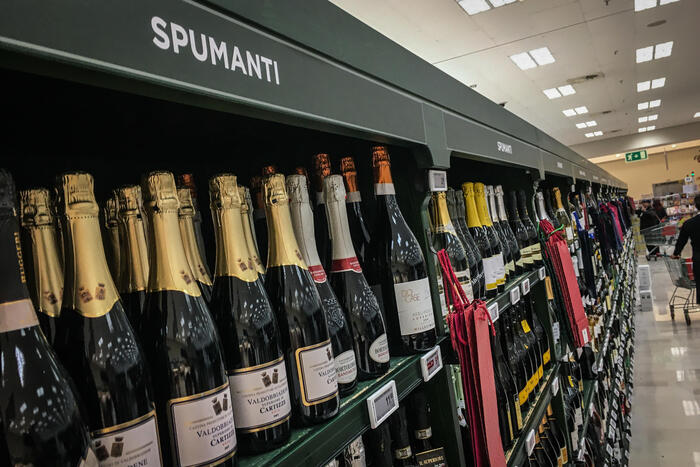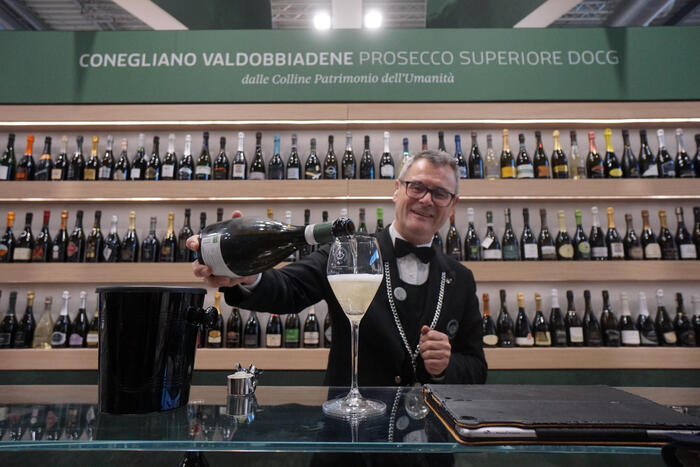The can of wine is still a rarity in Spain while its consumption is skyrocketing in countries such as the United States, South Africa or Australia, with less wine tradition and, therefore, where the cultural rejection of this format is small.
But this option is beginning to expand in countries such as Chile, Argentina, Portugal, England, Germany, Italy or France.
Everything indicates that it will end up being a successful election in our country as well.
Reasons are not lacking, fundamentally comfort —and more so in summer, since the beaches cannot be accessed with glass bottles—.
The aluminum can in its different formats (187, 250, 330 milliliters) has conquered a significant space in the consumption of wine in some countries, and with an upward trend.
In the United States, it is the container with the greatest increase: according to Nielsen, between 2017 and 2020, sales of canned wine increased by 3,800% to reach 253 million dollars.
According to data from the Grand View Research
Canned Wines Market 2016-2028 study
, the global canned wine market will reach 571.8 million dollars in 2028, with an annual growth rate of 13.2%.
There are powerful and compelling reasons for this: ease of use, resistance, storage and transport;
fragmented consumption in different formats, without the need for glasses;
the speed and ease of cooling.
Also the total tightness and absence of light inside, which reduces oxidation problems compared to traditional bottling systems.
It should be added that they can be made of recycled aluminum and 100% recyclable.
More information
Twelve of the best Spanish rosé wines
Another advantage is the possibility of containing all types of wine, including sparkling wines, as well as flavored wine-based drinks such as sangrias,
spritzer
, some
frizzantes
or vermouth.
And with all possible alcoholic strengths, from zero degrees to more than 14. A particularly opportune option when you want to have just a couple of drinks (the 250-milliliter can is the most common) or with a low alcohol content.
In other words: there is nothing so that, in principle, it cannot benefit from the same acceptance that a can of beer or soft drink has today.
In reality, it is intended for the same consumer profile, and for similar moments of consumption: with friends, on excursions and camping, on the beach or in group events such as concerts where glass has no place.
In Spain, Cavas Hill launched a canned wine offer in 2008, with unsatisfactory results.
These are the risks of confronting deeply rooted uses and customs.
But the situation has begun to change in recent years, and today more than a dozen companies, including some prestigious wineries, are beginning to offer their canned wine: Zeena, Ah-So Wine (from Bodegas Artadi, but only for the USA), De Haan Altés, Can-Vi, Be Toff, Castelo de Pedregosa, Glass Canned Wines, Bodegas Don Octavio, Vitivinícola del Mediterráneo, Cooperativa El Progreso, Born Rosé Barcelona, Celler Batea, Codorníu or Croft Twist.
An offer that grows as demand consolidates.
Its development can play an important role in increasing the very low
per capita consumption
of wine in Spain, particularly in the age group between 20 and 30 years.
On the other hand, the canned supply of young wines (or slightly aged wines) with an attractive quality-price ratio can be a good outlet for our bulk (more than 56% of production) that today are sold internationally at low prices.
Today more than a dozen companies, including some prestigious Spanish wineries, begin to offer their canned wine.
In the image, a promotional photo of the Be Toff winery. DON UNGARO;
In short, the important thing about the wine can, a universally accepted format for beverage consumption, is the quality of the content.
There is no oenological reason for it not to be of good quality, quite the contrary.
Of course, the eco-sustainable aluminum can (recycled and recyclable), with an internal film (Vinsafe@ or similar), will never supplant the glass bottle in the segment of aging wines that need to evolve to acquire the fullness of their virtues, where the cork stopper and the glass bottle remain irreplaceable.
But there is a whole world to conquer in the majority offer of young or lightly aged wines.
It is worth freeing yourself from prejudices and taking advantage of the can.
These 10 Spanish proposals are some of the most attractive options.
Subscribe here to the
El Viajero newsletter
and find inspiration for your next trips on our
,
and
Instagram accounts
.










/cloudfront-eu-central-1.images.arcpublishing.com/prisa/KMEYMJKESBAZBE4MRBAM4TGHIQ.jpg)



